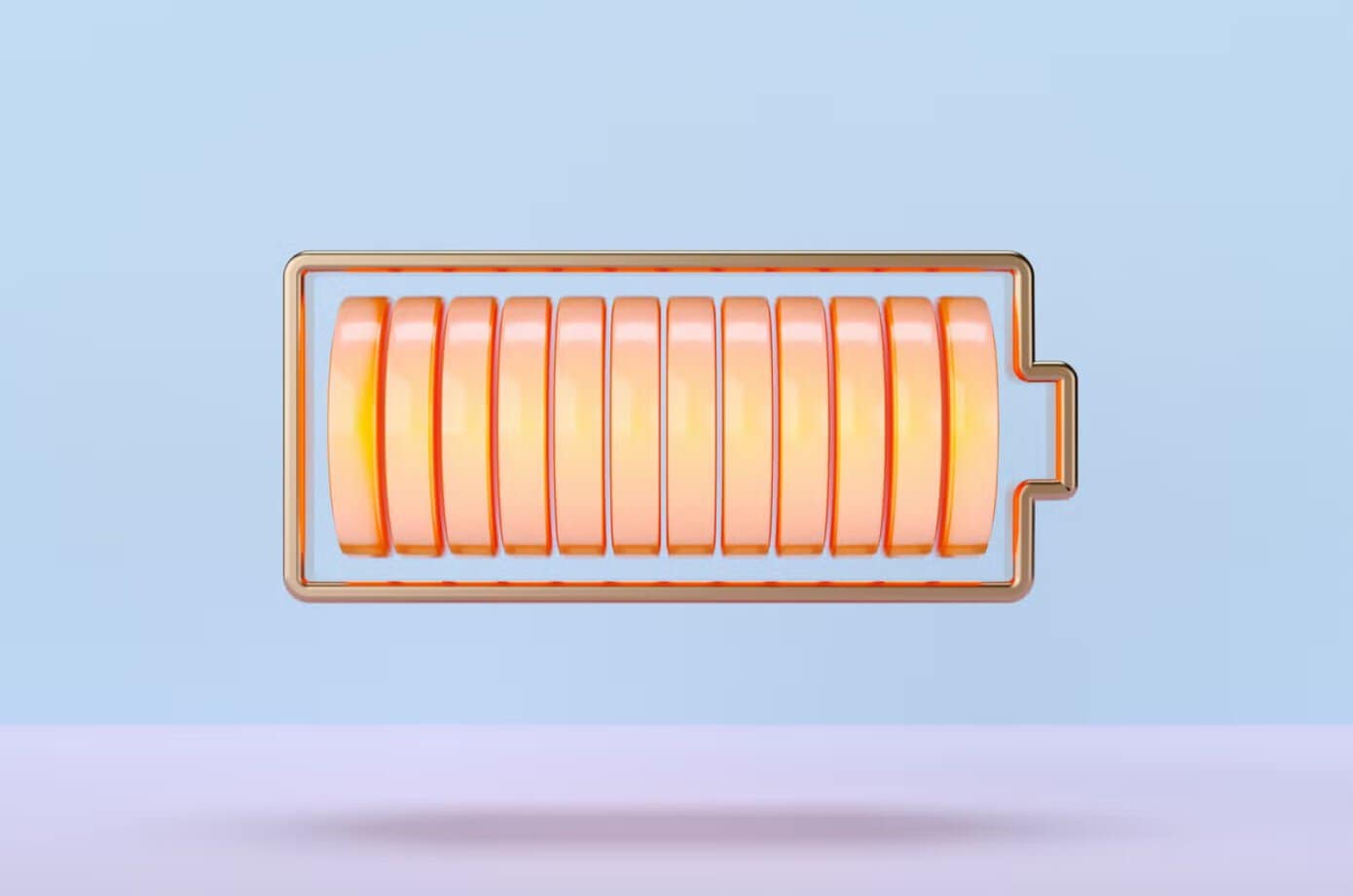In groundbreaking research, scientists have made a structural battery 10 times better than in any previous experiment.
What’s a structural battery, and why is it such a big deal? The term refers to an energy storage device that can also bear weight as part of a structure—like if the studs in your home were all batteries, or if an electric fence also held up a wall.
In the paper, researchers from Chalmers University of Technology and KTH Royal Institute of Technology in Sweden reveal how their “massless” structural battery works.
The main use case is for electric cars, where a literally massive amount of batteries take up a ton of room and don’t contribute to the actual structure of the car. In fact, these cars must be specially designed to carry the mass of the batteries.
But what if the frame of the car could hold energy? “Due to their multifunctionality, structural battery composites are often referred to as ‘massless energy storage’ and have the potential to revolutionize the future design of electric vehicles and devices,” the researchers explain.
To make the structural battery, the scientists layered a buffer glass “fabric” between a positive and negative electrode, then packed it with a space-age polymer electrolyte and cured it in the oven. What results is a tough, flat battery cell that conducts well and holds up to tensile tests in all directions.
The battery’s combined qualities (or “multifunctionality”) make it 10 times better than any previous massless battery—a project scientists have worked on since 2007.
Chalmers University of Technology writes in a press release:
“The battery has an energy density of 24 Wh/kg, meaning approximately 20 percent capacity compared to comparable lithium-ion batteries currently available. But since the weight of the vehicles can be greatly reduced, less energy will be required to drive an electric car, for example, and lower energy density also results in increased safety. And with a stiffness of 25 GPa, the structural battery can really compete with many other commonly used construction materials.”
The scientists say the next step is to improve the performance even more, replacing aluminum foil in the electrode with carbon fiber material and thinning out the separator. This could result in a battery that produces 75 Wh/kg of energy and 75 GPa of stiffness, setting more records for massless batteries and also greatly reducing their weight.
Besides electric cars, the study team mentions e-bikes, satellites, and laptops as technologies that could use massless batteries. There could be further applications that we don’t think of as electric at all today.
One of the most exciting potential uses is in aircraft, which scientists are struggling to turn electric because of the huge weight of existing battery tech. Regular airplanes as well as vertical take off and landing vehicles could turn electric by using massless batteries. They could even combine massless structural batteries with solar panels in order to store what they soak up for later use.

